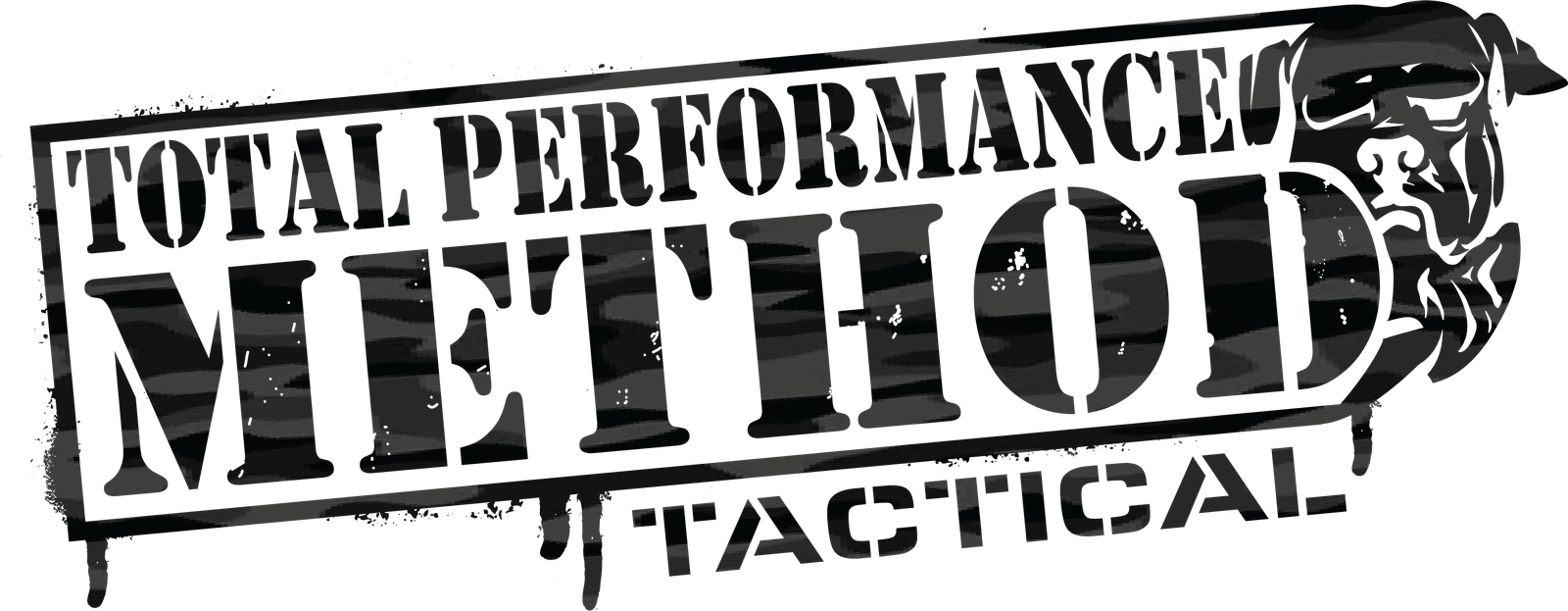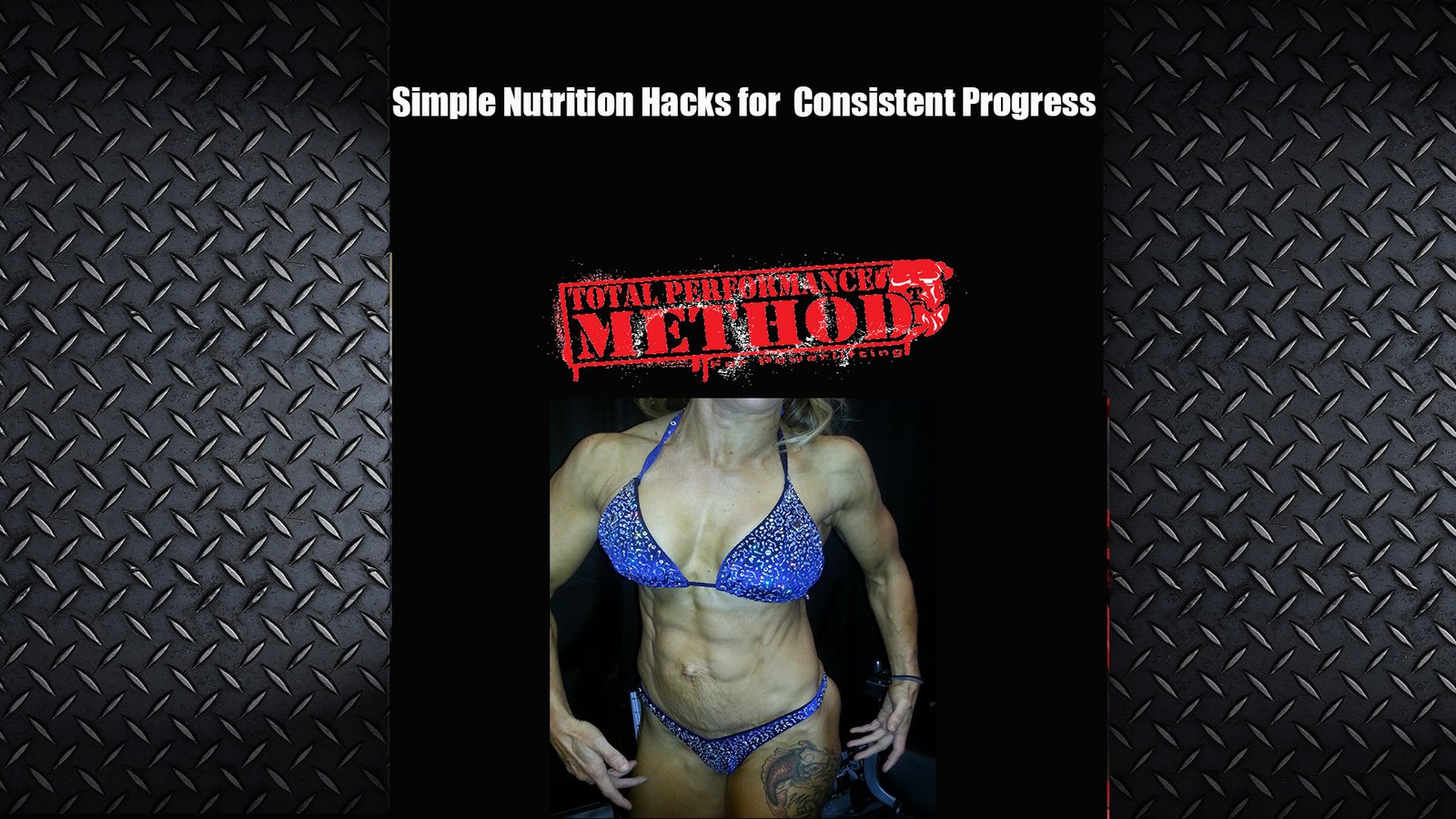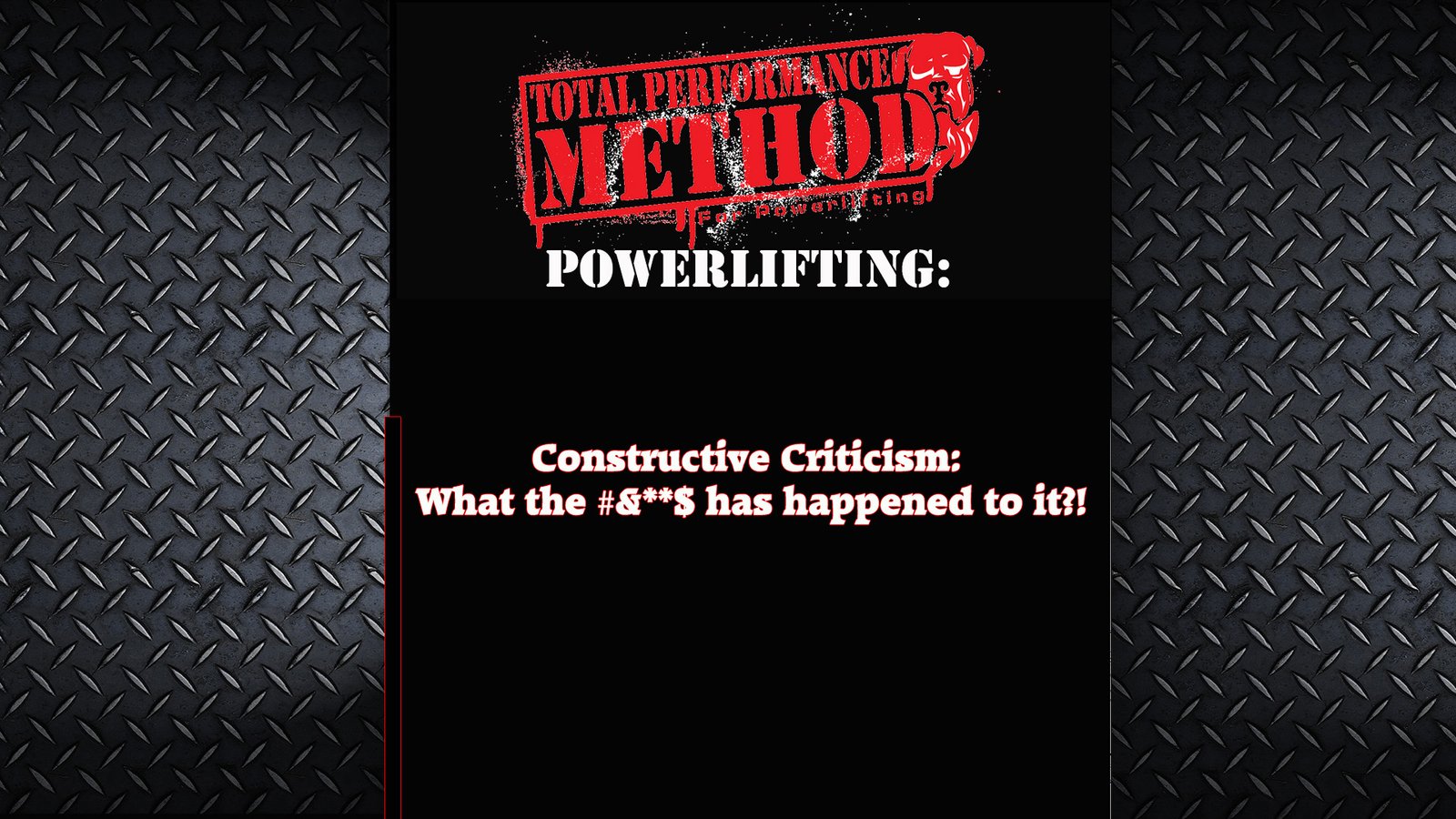By Bob Jodoin – for Total Performance Sports
Blood, sweat, tacky and tears…. There is nothing quite like the feeling of a 365lb stone stuck to your chest while it attempts to tear the biceps from the bone, rip all of the flesh from your forearm and basically crush you into the ground. Stone lifting is ancient and probably one of the most popular and traditional strongman events. On top of that, it is also a great builder of GPP and the posterior chain.
One of the problems with stone lifting is act of overdoing the training. Landing a PR stone onto a box can only lead to one thing…the next stone. Those of you that have worked with the Ironmind™ Grippers know about this tendency. You close the trainer and then you kill yourself trying to get the #1 shut. This continues as you progress through the grippers. The same thing happens with stones. I’ve seen a ton of athletes, myself included, put an hour and a half into stone work and then only have a little energy left over for other events. They receive token work at best and the stones over train you with no remorse.
I ‘m putting this article together to attempt to assist people in creating a plan of attack for your stone lifting as well as introducing these wonderful concrete and granite beasts as an excellent tool for powerlifters and athletes.
I’m going to start off where I should. Safety with the stones is of extreme importance. They carry with them the potential force of a wrecking ball and they need to be treated with care. Know when you are going to miss a lift, accept it, and get your feet the heck out of the way. A double stack of tires is great for unloading stones from the platforms. You need to square yourself with the box and guide the stone down with two hands. We have good footage of stone loading and safety on our videos so you should check it out if you have any questions.
Your goals will determine what type of stone training you will do, as with the log press, I’ll target this article at producing a maximum stone lift. You can’t do a stone series if you can lift the heaviest stones as a single so it is a good idea to build up a strength base and then work on your endurance. I like to mix the two in my training in sort of a periodized fashion. I’m going to cover some techniques for building stone speed and endurance later but I want to start with how I believe Westside techniques can be used to build up your stone lifting. If you are not a strongman/strongwoman competitor then stone lifting will definitely help your squat and deadlift and lightweight high rep lifting will build up GPP. The form and execution of the stone lift uses great hip drive with an explosive triple extension. This movement carries over well to augment Olympic lifting and certainly is applicable to the combative athlete. The stone lift uses the same muscles involved in executing the “perfect tackle” and you also build great core strength and power as well as improving your ability to give and receive force.
There are many elements to a proper stone lift. They are difficult to describe here but you can pick up the technique from watching strongman contests or by checking out our Video 1. There a few different lifting methods but we will concentrate mostly on the deadlift/powerclean method. You pull the stone up into your lap, sit back, re-grip over the top of the stone and then fire you hips through while achieving triple extension of the hips, knees and ankles and explode the stone up onto the platform.
I first tried the concept of full positive/negative speed doubles performed “Westside style” with Art McDermott of Highland Strength and Fitness. I’ve been using the technique since with great results. Below, I’ve fully integrated the stone lift with the Westside model.
The stone lift can be broken down into a speed/dynamic day as well as a max effort day. You will have to choose your auxiliary lifts based on your own weakness but I will outline a model for you.
Stone Max Training Schedule
Workout 1 (Speed Day)
- Warm-up all related muscle groups
- Speed Doubles. 10 x 2 with 30-45 seconds rest. You can deload with a negative lift or have a partner deload from the side. Vary box height but use stone between 50-60% of your max. Launch this stone!
- Assistance lifts to be scheduled based on weaknesses.
Example:
- Power Cleans 10×3
- Speed Box squats with Bands 10×2
- Zercher Squats 3×8-12
- Glute-Ham W/bands 3×6
- Reverse Hypers 3×12
- Snatch Grip DLs 3×12
- Decline DB Flies 3×10
Workout 2 72 Hours Later (Max effort day)
- Warm-up all related muscle groups
- Max Effort Stone Type Lift Up to a max Single or Triple (see max effort list below)
- Assistance lifts to be scheduled based on weaknesses
Example:
- Front Squats 3×8
- Rack Pulls with Bands 3×6-10
- Arched Back GM’s
- Glute Hams 3×12 with plate
- Reverse Hypers 3×8-12
- Heavy Core Work (your Choice)
MAX EFFORT LIFTS (some can be assistance lifts as well)
Snatch Grip DL
Deadlift Goodmornings (any variety)
Snatch of multiple varieties
Cleans of multiple varieties
Zercher Squats
Zercher Deadlifts
Front squat
Box squat
Romanian DLs
Keystone DLs
Max Stone triple with controlled negative deload
Heavy Stone already lifted to higher box (go for PR)
New Stone PR attempt Rack Pull (with/without bands/chains and different pin heights)
You will have to adjust the volume depending on your own abilities and you have to find and destroy your own weaknesses. Some will have a tough time lapping a stone and other will have a tough time with the top portion.
For you speed work, you cannot easily adjust the weights of the stones. Most will be using stones in the 160-220lb range. For those will lighter maxes, such as females and smaller athletes, the heavy medicine balls sold by Elite Fitness Systems would be great for speed work. To increase the intensity with a lighter stone in a wave you could go to a higher box with the same stone. For example, on dynamic day you could load a 160lb stone to a 48” box. On your next dynamic day you could load the same stone to a 52” box. On the third dynamic day you could load a 180lber onto a 48” or perhaps the 160 onto a 54-56” box. You will have to use what you have available to you but I think you will see the waved pattern here. On the next week you drop back down to the 160lb stone onto the 48 and cycle up again. The next cycle you would probably start with the 180lb stone onto the 48” box and cycle up from there all over again. Play with it and find out what works for you. You can also occasionally throw in an extra set with a heavier stone to see if you can move it with the same good speed you use on the lighter stones.
Deloading a stone yourself adds an element to the lift that you will not encounter in a strongman contest but we have found the technique to be very beneficial when it come to giving and receiving force and it is also extremely taxing to your system. A 5-stone series now involves handling the stone 10 times. We think that this technique is best for building endurance and is a preferable technique for athletes and those interested in building up GPP.
Lifting stones to a variety of different heights helps to prevent the body from learning only one stone-lifting groove. Athletics happen at many different angles so it is a good idea to train this very athletic lift in many different ways. An additional, and more advanced lifting method that will benefits athletes and take time off of a competitive series is the “scoop” or “one-timer” as we call it. This requires great back and arm strength and a good bit of flexibility. You get down low, squeeze the stone like a pec-dec and then stand right up with it very explosively. It never stops on your lap.
The stones in a strongman contest are contested in a series. The lighter stones go up on the higher boxes and you work your way on down the line until you load the heaviest stone onto the lowest platform. This is traditionally done with 5 stones but is starting to expand to six and perhaps will even be more as the sport advances. This is a timed event so speed and endurance is of the utmost importance. There are several ways to train this type of endurance but what we recommend is that you go through a cycle like the one listed above to build up your technique and maximal strength and then move on to a cycle where you work on increasing your speed and endurance on a full stone series. I will cover more of the series in a future article.
We have many people, of all shapes and sizes learn stone lifting here. Regardless of their sport, stone lifting has helped them to strengthen their posterior chain and it also adds an interesting element to your training.







Leave A Comment